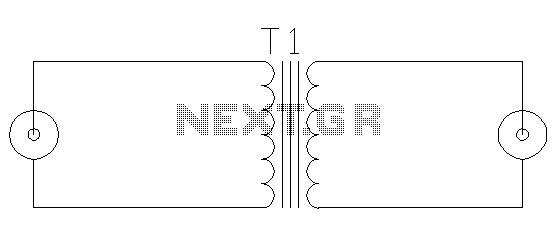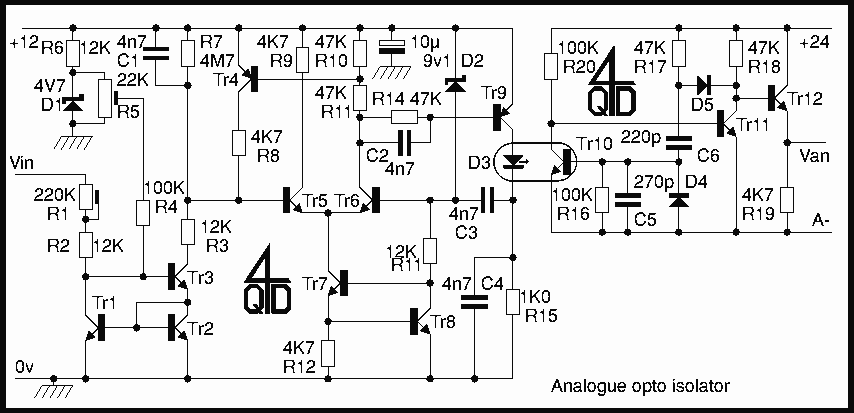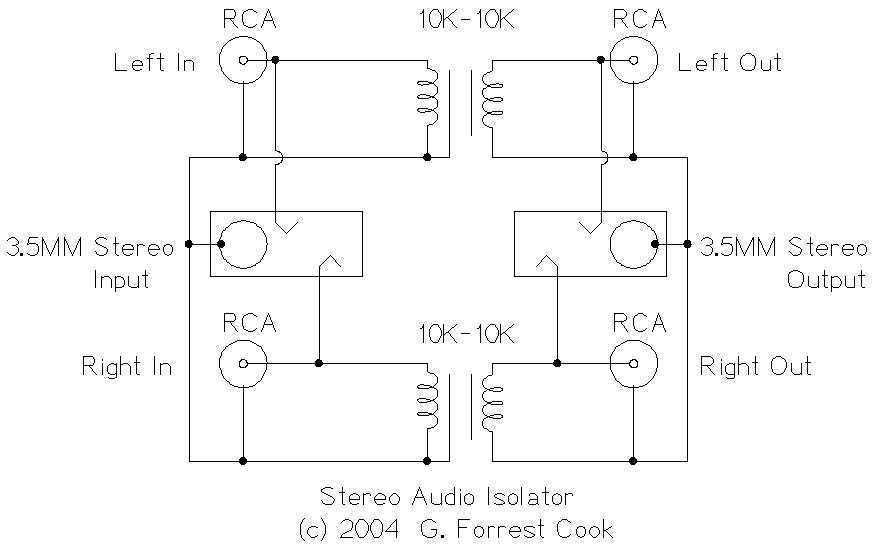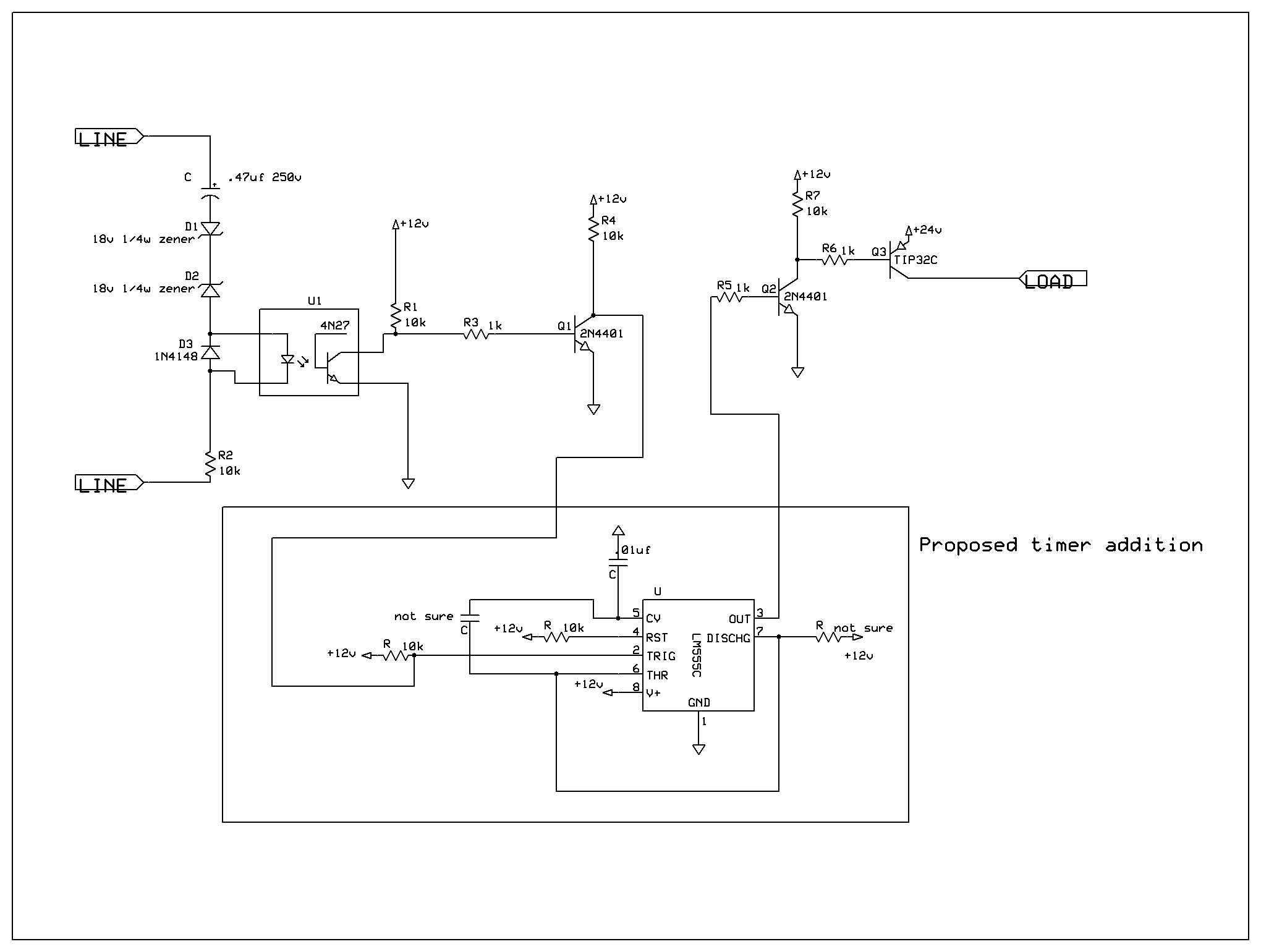
I2S isolator

To prevent hum and interference in a high-quality Digital-to-Analog Converter (DAC), it is necessary to galvanically isolate it from the signal source and eliminate potential unwanted ground loops. One approach is to isolate the DAC at the input of the S/PDIF decoder using a pulse transformer or to connect it via an optical TOSLINK. When connecting the DAC directly from a USB receiver through the I2S bus, a specialized integrated circuit is required to function as an electrical isolator for TTL signals. The circuit utilizes the IL715E, which features four TTL inputs on one side and corresponding outputs on the opposite side. This component is well-suited for the I2S bus, which includes DATA, BCK, LRCK, and SCK signals. The circuit requires dual power supplies: one for the input and another for the output side. The input power supply is connected to +5V, which is brought out to the I2S connector for future use. The secondary side is powered by a small DC/DC converter. According to recommendations, inductors L1 and L2, as well as filter and block capacitors, should be placed around the converter. The values for these components correspond to those from Aimtec, though parts from other manufacturers may also be suitable. To ensure reliable operation of the converter, a load resistor R1 is placed on the secondary side to guarantee a minimum current consumption of approximately 20mA. The datasheet provides information about a maximum data rate of 100Mbps, which is significantly higher than the sample frequency of 48kHz, where the frequency of BCK is 3.072MHz and SCK is 12.288MHz with 4x oversampling. The circuit is expected to function with 192kHz/24bit samples, where the frequency of SCK exceeds 49.152MHz. The DAC, when operating without oversampling, does not utilize the SCK signal, so the focus should be on the maximum BCK frequency. It is permissible to use isolators from other manufacturers with the same pinout, but their maximum data rate and the necessity of an ENABLE signal must be verified. The assembly process begins with soldering the integrated circuit, followed by the other SMD components, and finally the converter on the opposite side. Care must be taken to ensure the correct orientation of the circuit and converter, as well as the proper polarity of the capacitors. If a circuit that requires an ENABLE signal on pin 10 is used, SJ1 must be connected. The PCB is designed to be single-sided, and it is important to ensure that the board is positioned between the decoder and DAC board upside down, meaning that the SMD components on the bottom side will be visible above, and ribbon sockets will connect to the pins of adjacent boards. The initial version of the board had components on the same side as a large filter capacitor on the DAC board, making it impossible to plug the board directly into the neighboring components. The current version has components on the opposite side to avoid interference with parts on the DAC board. Right-angle connectors can be employed to mitigate spatial issues, although the boards will require more space.
The described circuit is a critical component in ensuring the integrity and quality of the audio signal processed by the DAC. The galvanic isolation provided by the IL715E integrated circuit effectively prevents ground loops that could introduce noise into the audio signal. The dual power supply configuration allows for stable operation of both the input and output sides of the isolator, which is essential for maintaining the fidelity of the digital audio signal.
The choice of inductors and capacitors around the DC/DC converter is crucial for filtering out noise and ensuring that the power supply to the isolator is clean and stable. The specified load resistor R1 ensures that the converter operates within its optimal current range, thus preventing any potential underperformance due to insufficient load.
The design considerations for the PCB layout are also noteworthy. By positioning the components on the opposite side of the board from the DAC, the risk of interference is minimized, ensuring that the DAC can perform at its highest quality without degradation from nearby components. The use of right-angle connectors further enhances the usability of the design, allowing for a compact assembly while ensuring that the connections remain secure and accessible.
Overall, this circuit design is an effective solution for achieving high-quality audio output from a DAC while maintaining isolation from potential interference sources, thereby enhancing the overall performance of the audio system.To avoid hum and interference in our high quality DAC we need to galvanically isolate him from a signal source and break potential unwanted ground loop. One possibility is to isolate DAC on input of the S/PDIF decoder with pulse transformer or connect him with optical TOSLINK.
When we want to connect DAC directly from USB receiver via I2S bus, tha t we must use special integrated circuit which works like electrical isolator of TTL signals. Circuit use specialised circuit IL715E which have on the one side four TTL inputs and on the opposite side corresponding outputs. It perfectly fits to I2S bus, where we have DATA, BCK, LRCK and SCK signals. Circuit requires dual supplying, one on the input and second on the output side. On the input is supply connected to +5V which I bring out them on the I2S connector for future use. Secondary side is supplied from small DC/DC converter. According to recommendations are around converter inductors L1 and L2 and filter and block capacitors.
Their values correspond to changer from Aimtec company but probably parts will be acceptable for changers from other companies. For reliable function of converter is on the secondary side load resistor R1 which guarantee minimal current consumption about 20mA.
Datasheet have informations about maximum data rate 100Mbps which is far away from our sample frequency 48kHz, where frequency of BCK is 3. 072MHz and SCK is 12. 288MHz with 4x oversampling. Circuit should work with 192kHz/24bit samples where frequency of SCK is higher 49. 152MHz. DAC without oversampling doesn`t use SCK signal that we must care only maximal BCK frequency. It is possible to use isolators from other vendors with same pinout, but we must check their maximum data rate and if they doesn`t need ENABLE signal.
First we solder integrated circuit and next other SMD components. Last we solder converter and converter from the other side. We must be careful for right orientation of circuit and changer and right polarity of capacitors. If we use circuit which requires ENABLE signal on the pin 10 that we join SJ1. PCB is designed single-sided. Be careful that board is placed between decoder and DAC board up side down. It means that SMD components from a bottom side will be visible up and socket ribbons will be connected to the pins of neighbor boards. First version of board, which I designed had components on the side, where is big filter capacitor on a DAC board, that it was not possible to directly plug board to the neighbours.
This version of board has components on the opposite side that it doesn`t collide with parts on the DAC board. It is possible to use right angle connectors where we will not have troubles with space, but boards will need much place.
🔗 External reference
The described circuit is a critical component in ensuring the integrity and quality of the audio signal processed by the DAC. The galvanic isolation provided by the IL715E integrated circuit effectively prevents ground loops that could introduce noise into the audio signal. The dual power supply configuration allows for stable operation of both the input and output sides of the isolator, which is essential for maintaining the fidelity of the digital audio signal.
The choice of inductors and capacitors around the DC/DC converter is crucial for filtering out noise and ensuring that the power supply to the isolator is clean and stable. The specified load resistor R1 ensures that the converter operates within its optimal current range, thus preventing any potential underperformance due to insufficient load.
The design considerations for the PCB layout are also noteworthy. By positioning the components on the opposite side of the board from the DAC, the risk of interference is minimized, ensuring that the DAC can perform at its highest quality without degradation from nearby components. The use of right-angle connectors further enhances the usability of the design, allowing for a compact assembly while ensuring that the connections remain secure and accessible.
Overall, this circuit design is an effective solution for achieving high-quality audio output from a DAC while maintaining isolation from potential interference sources, thereby enhancing the overall performance of the audio system.To avoid hum and interference in our high quality DAC we need to galvanically isolate him from a signal source and break potential unwanted ground loop. One possibility is to isolate DAC on input of the S/PDIF decoder with pulse transformer or connect him with optical TOSLINK.
When we want to connect DAC directly from USB receiver via I2S bus, tha t we must use special integrated circuit which works like electrical isolator of TTL signals. Circuit use specialised circuit IL715E which have on the one side four TTL inputs and on the opposite side corresponding outputs. It perfectly fits to I2S bus, where we have DATA, BCK, LRCK and SCK signals. Circuit requires dual supplying, one on the input and second on the output side. On the input is supply connected to +5V which I bring out them on the I2S connector for future use. Secondary side is supplied from small DC/DC converter. According to recommendations are around converter inductors L1 and L2 and filter and block capacitors.
Their values correspond to changer from Aimtec company but probably parts will be acceptable for changers from other companies. For reliable function of converter is on the secondary side load resistor R1 which guarantee minimal current consumption about 20mA.
Datasheet have informations about maximum data rate 100Mbps which is far away from our sample frequency 48kHz, where frequency of BCK is 3. 072MHz and SCK is 12. 288MHz with 4x oversampling. Circuit should work with 192kHz/24bit samples where frequency of SCK is higher 49. 152MHz. DAC without oversampling doesn`t use SCK signal that we must care only maximal BCK frequency. It is possible to use isolators from other vendors with same pinout, but we must check their maximum data rate and if they doesn`t need ENABLE signal.
First we solder integrated circuit and next other SMD components. Last we solder converter and converter from the other side. We must be careful for right orientation of circuit and changer and right polarity of capacitors. If we use circuit which requires ENABLE signal on the pin 10 that we join SJ1. PCB is designed single-sided. Be careful that board is placed between decoder and DAC board up side down. It means that SMD components from a bottom side will be visible up and socket ribbons will be connected to the pins of neighbor boards. First version of board, which I designed had components on the side, where is big filter capacitor on a DAC board, that it was not possible to directly plug board to the neighbours.
This version of board has components on the opposite side that it doesn`t collide with parts on the DAC board. It is possible to use right angle connectors where we will not have troubles with space, but boards will need much place.
🔗 External reference





